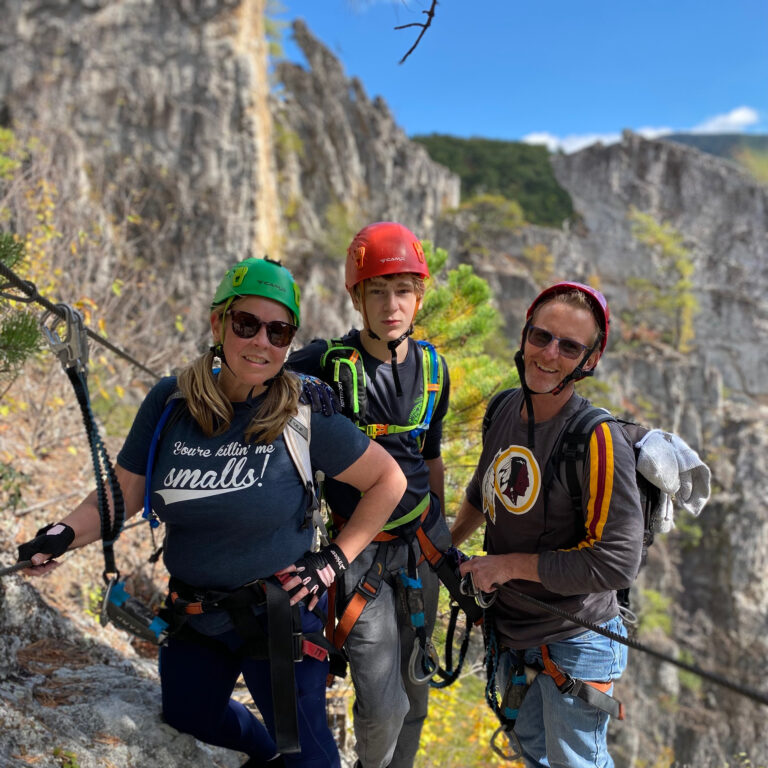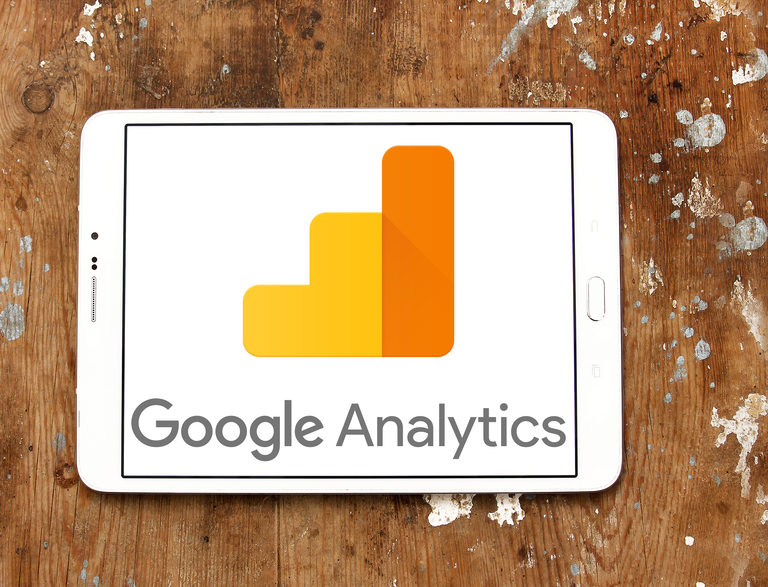By Chad Smith, Digital Marketing Associate @ RMS
Chad Smith, SEO/SEM Nerd, Google Ads Specialist.
Running a successful small or medium-sized business (SMB) can be challenging. Business owners wear multiple hats and assume different roles throughout the organization, leaving them with little time to focus on digital marketing.
Do you happen to fit that description? Are you a business leader who doesn’t have time to pay attention to your digital marketing and other online marketing initiatives?
If you can relate to any of the five signs below, it’s time for your business to connect with a digital marketing agency.
It’s Time To Hire A Digital Marketing Agency When:
Sign 1: You don’t have time for marketing.
Allocating time for online marketing may be at the bottom of the priority list if other elements of your business are more demanding of your attention – or more relevant to your personal skill sets and passions. Outsourcing your workload to a digital marketing agency allows you the time to dedicate attention to other important matters.
Sign 2: Your marketing budget is tight
>Business leaders with small marketing budgets usually ask, “How can I get a return on investment with a limited marketing budget? What type of marketing strategies will work best for me?”
All business leaders want to make the most of their marketing budgets. Your business should have an allocated budget to test mediums, services, and different social channels. By staying idle and not testing marketing strategies or products you will be missing out on opportunities to reach your audience. It is time to inquire for assistance with your marketing strategy if you are unsure about how to maximize your budget.
Sign 3: Your business has experienced drops in engagements, sales, leads, and conversions.
Does your business experience lengths of time where you are not generating web traffic, receiving leads for your sales team, or earning conversions?
Some businesses regularly experience instances during the year when business slows down. If this is true about your business, you can use this downtime to identify and implement new methods to make your business more efficient.
Optimizing your business during a low performance period can significantly lead to improving key marketing metrics across the board. Let us help with crafting a marketing plan for your business.
Sign 4: Your website is outdated
Is your site running an old version of WordPress? Have you refreshed dated content or taken the time to develop new content?
This may be the least of your worries when it comes to running your business. An outdated website code can decrease your website’s performance and stale content can negatively affect your search engine ranking. Be sure to perform a routine check up for these two items.
Sign 5: You Do Not Know Much About Digital Marketing.
While business owners may be experts in their chosen field, they often know little about marketing – much less digital marketing. Working with experts in a field where you are weak can lead to very positive outcomes. A digital marketing agency can empower you by providing you with an educational experience and better results through effective marketing tactics. According to Google, companies that have incorporated digital marketing plans, have 2.8 times higher revenue growth expectancy.
Approaching digital agencies may be intimidating. Perhaps you’re unfamiliar with the terminology. Maybe you prefer a do-it-yourself approach. Or perhaps you’ve had a bad experience with a digital agency in the past. However, postponing your decision to invest in digital marketing could end up costing you in the long run. By reaching out to digital experts for advice and instruction, you can jumpstart your business performance.
Did you like the tips we offered? If so, check out a related article for more free tips and information.



